What Is Threadlocker & How Does It Work?

Ever had a bolt or nut that won’t just stay tight? Threadlocker is just what you need! Threadlocker is a lasting solution to ending vibrational loosening in fasteners. A threadlocker will secure a screw or bolt under intense vibration, stress, and extreme temperature conditions.
In this post, we will explore what threadlockers are all about and the different types of them. We will discuss how to apply threadlocker in 5 easy steps. Lastly, we will highlight the removal method for a threadlocker.
What Is Threadlocker?
A threadlocker is a type of adhesive that is applied on threaded fasteners to prevent them from loosening. They are applied to screws, bolts, and nuts before being tightened to their female parts. This helps to create a strong bond that secures the fasteners firmly and prevents them from loosening due to vibrations, impacts, and temperature changes.
Threadlockers are applied as a liquid and cure to form solid plastics. They are also used to prevent leakages and corrosion in threaded fasteners. Threadlockers come in different types based on their strength. It ranges from low to medium and high strength threadlockers. They find applications in homes, automotive industries, electronics, etc.

What Does Threadlocker Do?
The main function of a threadlocker is to prevent threaded fasteners from loosening due to vibrations, impacts, load, or temperature changes. They do this by filling tiny gaps around the thread of screws, bolts, and nuts. When threadlocker is applied, it cures to form a bond that secures the fasteners firmly. The bond created by the threadlocker locks the thread and prevents movement caused by vibrations or temperature changes.
How Does Threadlocker Work
Threadlocker works by filling tiny gaps between threaded fasteners. When threadlocker is applied to metal fasteners, it reacts with the metal ion on the fasteners to form a strong bond. Threadlocker creates a thermoset plastic when cured, preventing loosening caused by vibrations, loads, and thermal expansion.
What Are Threadlocker Types?
Threadlockers are classified into 3 different types based on their strength. The 3 types are high, medium, and low-strength threadlockers. However, the level of bonding strength for threadlockers is identified with different colors. Think of it as a color code to identify the strength of a threadlocker.

Here is a list of the 6 different types of threadlocker based on color;
- Red Threadlocker
- Blue Threadlocker
- Green Threadlocker
- Orange Threadlocker
- Purple Threadlocker
- Yellow Threadlocker
1. Red Threadlocker
A red threadlocker is a high-strength threadlocker that creates a permanent bond in fasteners. Threadlocker red is applied when there is no need for future disassembly. Red threadlocker forms a strong bond in fasteners that is difficult to remove. They require localized heat to weaken bonds. They are ideal for high-stress and heavy-duty applications such as transmission, engines, industrial equipment, etc.
2. Blue Threadlocker
Blue threadlocker is a medium-strength threadlocker designed to create a temporary bond. Theadlocker blue creates a strong bond while allowing future disassembly. The bonds formed by the blue threadlocker do not require heat to loosen. Fasteners can be disassembled using standard hand tools like wrench. Common applications of blue threadlocker are equipment and machines that require regular adjustments or maintenance such as bicycles, household repairs, etc.
3. Green Threadlocker
Green threadlocker is a high-strength wicking-grade adhesive with low viscosity. It is used to secure preassembled fasteners with no plan of disassembling them in the future. Unlike other threadlocker, green threadlocker is applied after assembling the fasteners. It seeps into tiny spaces in the threaded fasteners through capillary action. Green threadlockers create a strong bond in fasteners and require heating for removal. It finds applications where extra security is needed in fasteners, such as hard-to-reach bolts.
4. Orange Threadlocker
Orange threadlocker is a medium-strength threadlocker that combines certain properties of the red and blue thread locker. Orange threadlocker strikes a balance between offering a strong bond and easy disassembly of threaded fasteners. It provides better resistance to vibrations and loads than a blue threadlocker. It is the ideal threadlocker in situations where fasteners must be secured firmly and require adjustments using hand tools. Common applications for orange threadlocker are automotive engines, industrial applications, etc.
5. Purple Threadlocker
Purple threadlocker is a low-strength threadlocker designed for small screws and bolts that require regular adjustments. It allows easy disassembly of threaded fasteners. It does not require heating for removal. Purple threadlocker is suitable for delicate applications such as household appliances, eyeglasses, small machines,
6. Yellow Threadlocker
Yellow threadlocker is a medium-strength threadlocker designed for securing metal threaded fasteners. Yellow threadlocker is used on large bolts and screws. They can be removed using standard hand tools. However, some yellow threadlockers are also high-strength and require heating for removal. In general, yellow threadlockers are used in automotive engines and industrial equipment.
How to Apply Threadlocker?
The process of applying threadlocker is an easy DIY process. Here is how to apply threadlocker in 3 easy steps;
 Step 1: Select the right threadlocker
Step 1: Select the right threadlocker
The first step is to choose the right threadlocker based on the required bonding strength. You can select a high, medium, or low strength thread locker depending on your project needs. In addition, it is essential to consider important factors such as the material of fasteners, conditions exposed to, and disassembly plans.
Step 2: Prepare the fastener
After selecting the threadlocker, prepare the fasteners by cleaning them thoroughly. Threaded fasteners must be clean, dry, and free from oil or dirt. Cleaning the fasteners before applying threadlockers improves adhesion significantly.
Step 3: Apply the threadlocker
Apply a few drops of threadlocker on the fastener. The threadlocker must be applied to the male fastener. There must be an even distribution of threadlocker on the fasteners.
Step 4: Assembly and tighten the fastener
Screw the male fastener to its mating part immediately after applying the thread locker. Tighten the fasteners properly. Assembling the fasteners will help distribute the threadlocker and create a strong bond.
Step 5: Curing Time
Allow the threadlocker to cure according to instructions in the product’s manual. Curing can take up to 24 hours.
How to Remove Threadlocker?
The process of removing threadlockers from fasteners is equally as straightforward as applying them. The removal method for a threadlocker is majorly dependent on its bonding strength. The trick is knowing the strength of the threadlocker applied. That said, here is how to remove a threadlocker:
Step 1: Identify the Type of Threadlocker
The first step is to identify the strength of the threadlocker. This is important to determine the right removal method for threadlockers. Low and medium-strength threadlockers do not require heating to weaken bonds. On the other hand, high-strength threadlockers require heating to remove bonds.
Step 2: Weaken The bond
This step applies only to high-strength threadlockers. You must apply heat using a blow torch to weaken the bond formed. The heat helps to soften thermoset plastics formed by the threadlocker. Here is how to loosen the bond in a high-strength threadlocker;
- Clean the fastener.
- Apply a heat gun at about 260°C for some minutes to the fasteners. Hold the heat gun or blow torch 3 inches away from the fastener.
Step 3: Unscrew The Fasteners
For low and medium-strength threadlockers, you can remove the threadlocker by applying the right amount of torque using a wrench or screwdriver. For a high-strength threadlocker, unscrew the fasteners while they are still warm.
FAQs
How Long Does Threadlocker Take To Dry?
Generally, a threadlocker dries in 10- 30 minutes, depending on the type. Low-strength threadlockers have a quicker than medium and high strength threadlocker.
Is Threadlocker Permanent?
Not all threadlockers are permanent, and only high-strength threadlockers offer permanent bonds. Red and green are permanent threadlockers and offer long-lasting bonds.
Is Threadlocker Heat Resistant?
Yes, the threadlocker offers heat-resistant properties to varying degrees. Typically, high-strength threadlockers provide superior heat resistance than other threadlockers.
Can I Use Threadlocker As Glue?
Yes, theadlocker is a type of adhesive and can be used as a glue. However, threadlockers have varying bonding strengths.
Does Threadlocker Work On Wood?
No, a threadlocker is designed for metal threaded fasteners. Threadlockers create a bond by reacting with metallic ions on fasteners to form thermoset plastics.
Does Threadlocker Work On Plastic?
In most cases, threadlockers do not work with plastics. The bond created makes plastics brittle and weak.
Author : Krakenbond Team





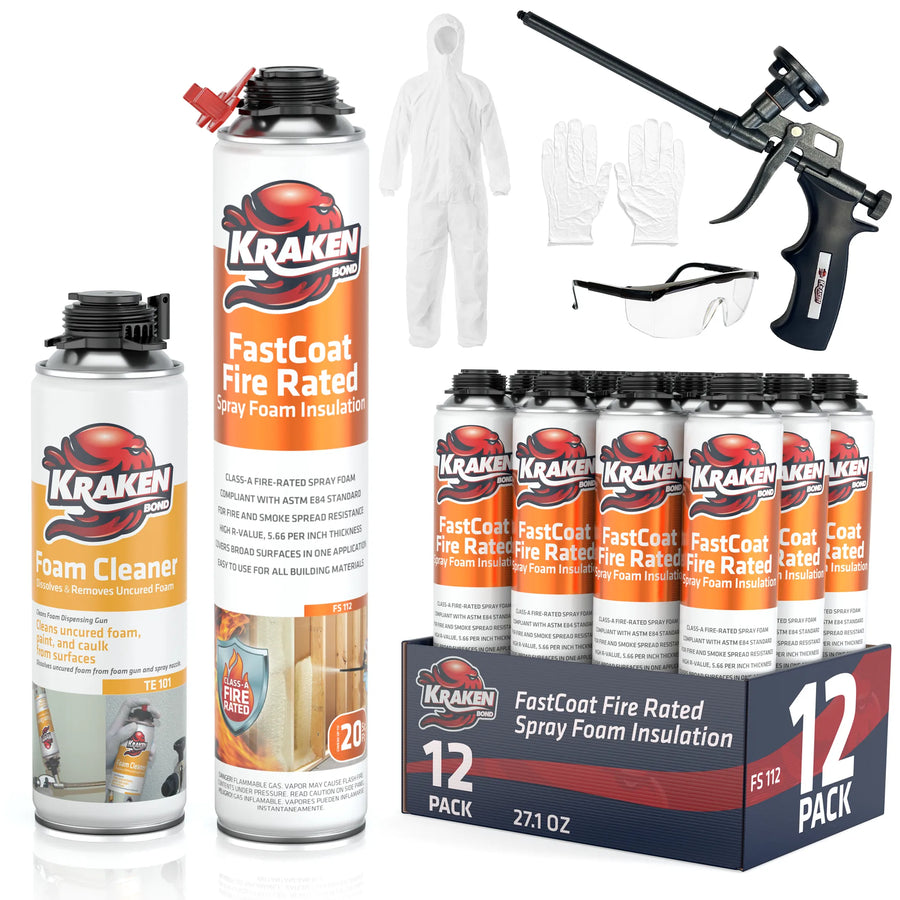







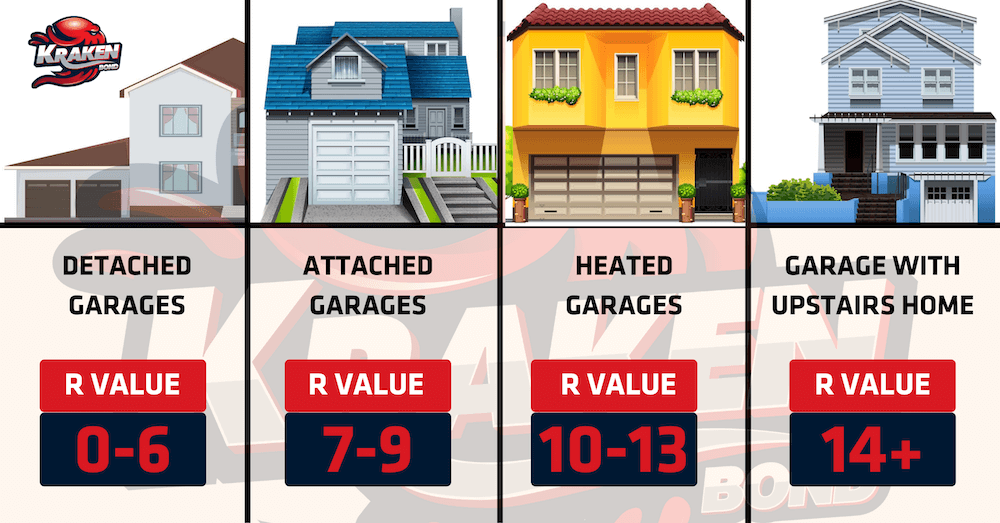

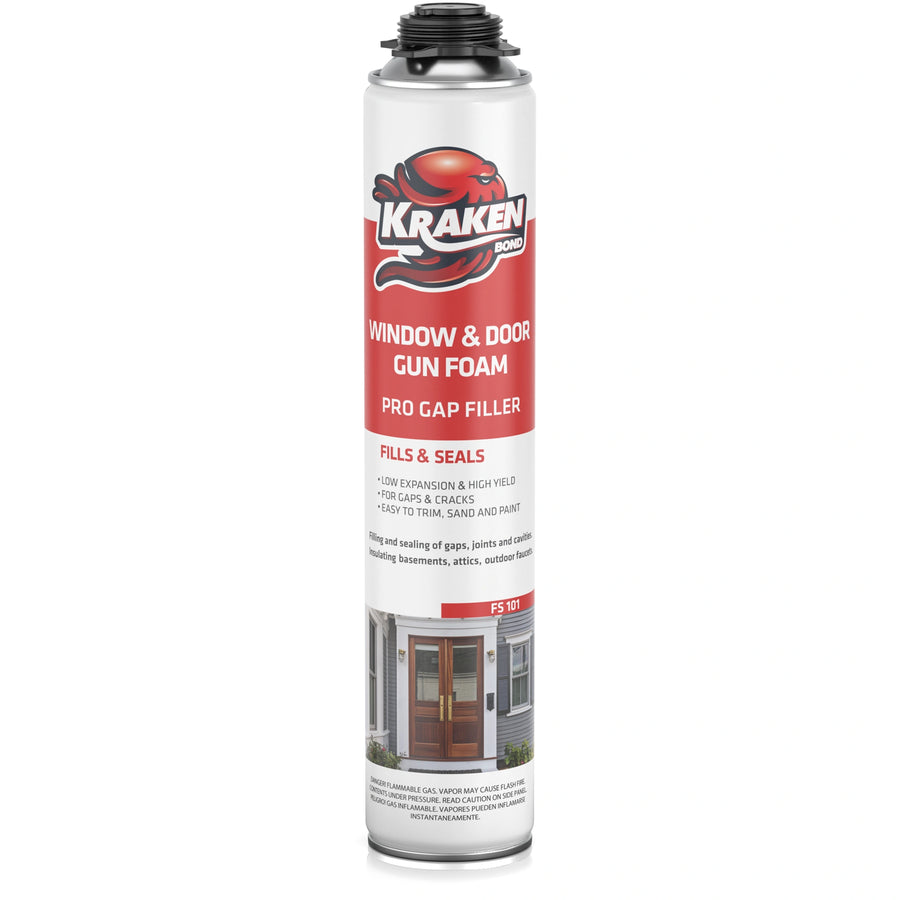
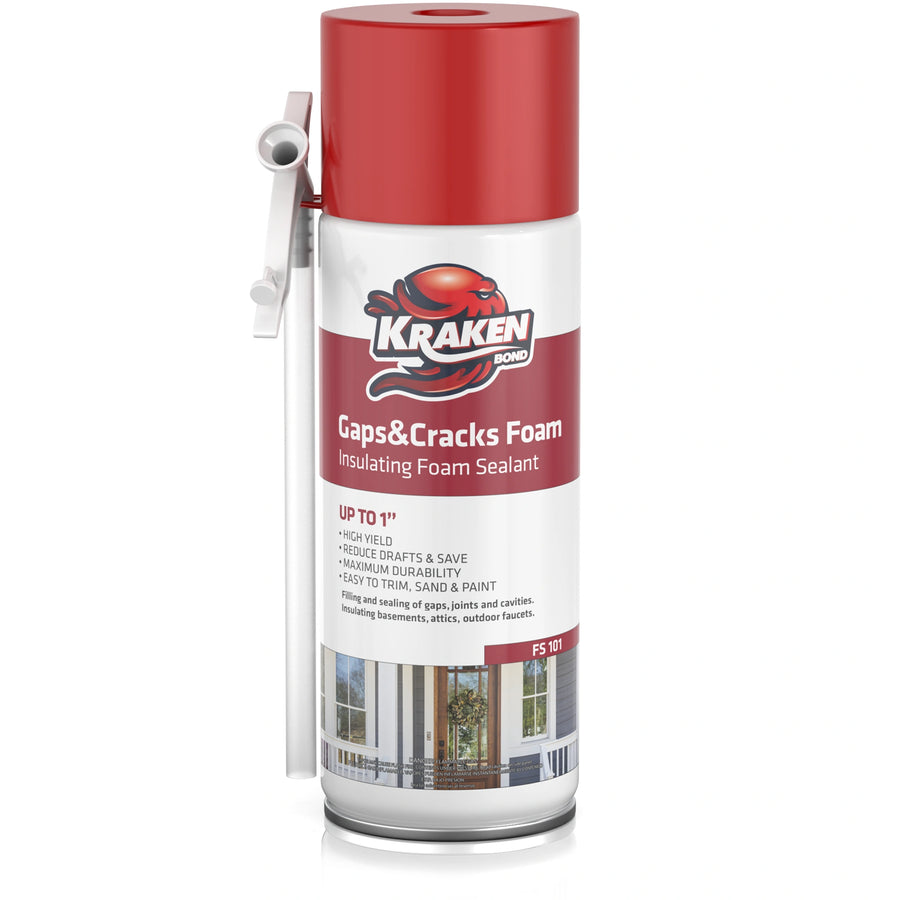
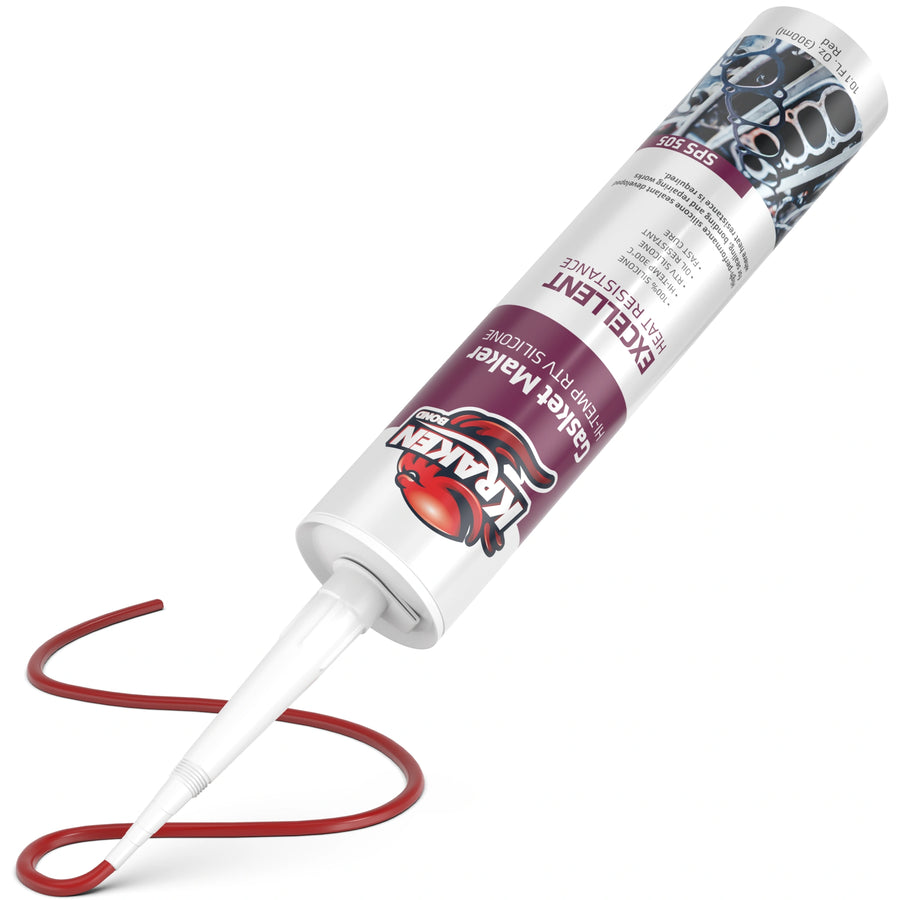
Leave a comment